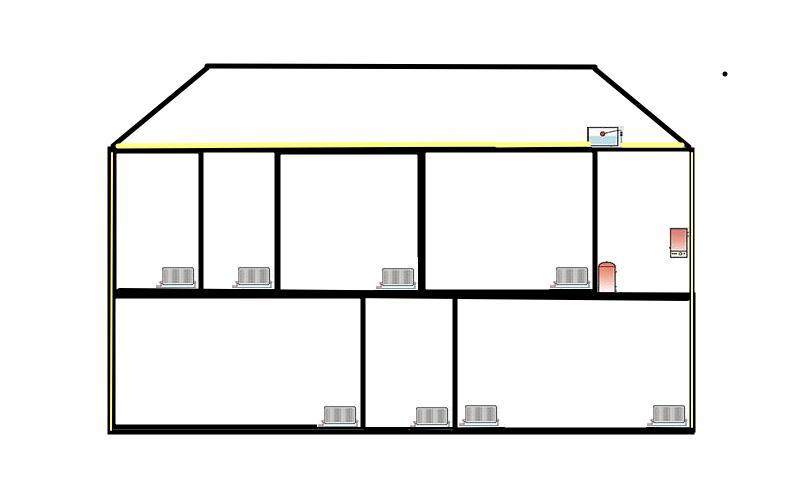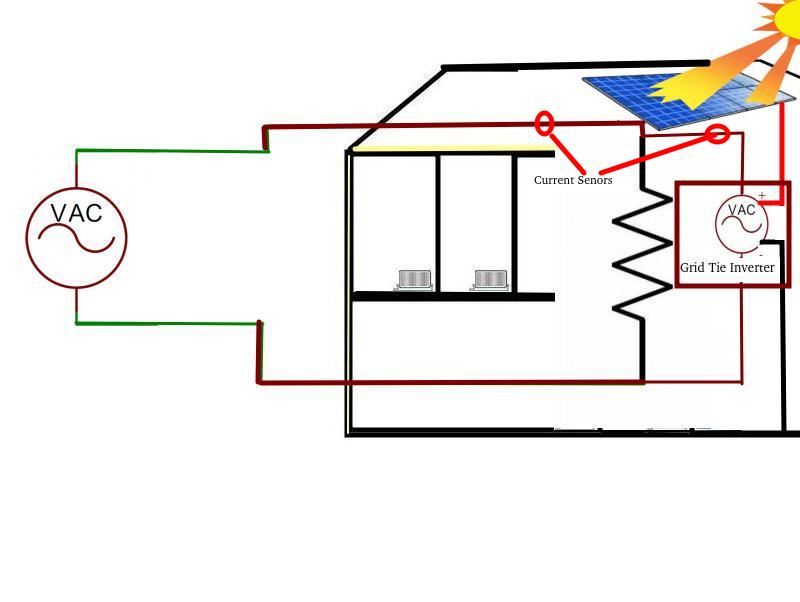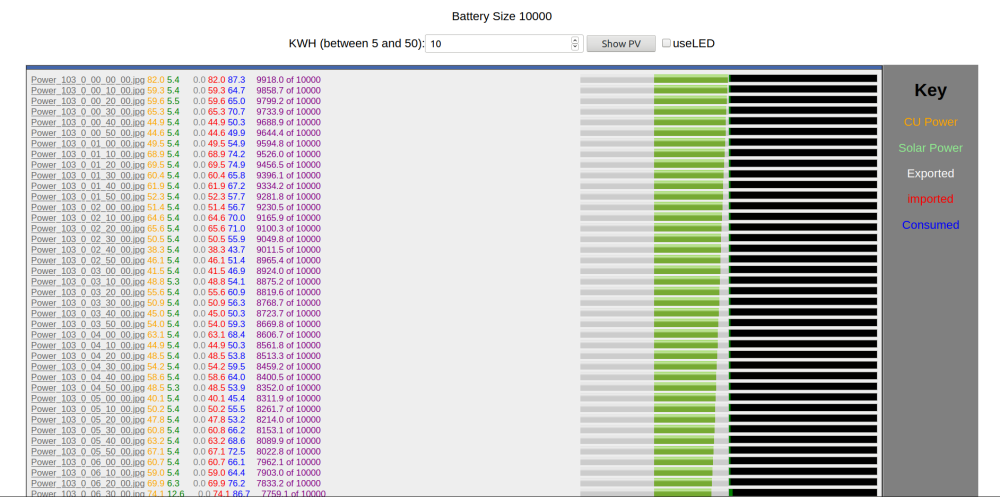Category: Thematic
Progress
Actions to take before getting an EPC
Before getting an EPC there are a number of measures we can take to improve the outcome of the EPC
- Fit energy saving lighting
- We already have energy efficient lighting
- Double glaze all windows
- We already have double glazed windows
- Improve loft insulation
- We currently have 10cm of loft insulation this should be increased to 27cm
- Cavity Wall insulation
- We have cavity wall insulation. But this was done to the property before we bought it and we have lived here for nearly than years. I will see if we have any documentation for this.
- Upgrade to an efficient boiler
- Our gas central heating boiler is a condensing boiler and less than 10 years old. Nominally considered efficient so our energy rating from this should be OK
The main deficiency our house has is the loft insulation. So we will increase this to 27cm.
RHI and EPC
Options
The most cost effective way forward appears to be applying for the RHI (Renewable Heating Incentive): The Domestic RHI is A government scheme to pay incentives for using renewable heat.https://www.ofgem.gov.uk/environmental-and-social-schemes/domestic-renewable-heat-incentive-domestic-rhi
Options include:
- biomass boilers (Our house is old enough to have chimneys but is in a smokeless area)
- solar water heating (Our house has solar panels fitted on the south facing roofs)
- certain heat pumps (The plot our house is on has space for either a air based heat pump or a ground based heat pump)
We will consider each in turn.
Biomass boilers:
- Burn wood or pellets which require storage :
- We have room to store fuel for a biomass boiler.
- Fuel will need to be bought in.
- Require manual feeding (CON)
- Can function on demand(PRO)
- Require tending ash disposal and cleaning (CON)
Solar water heating : Our southern facing Roofs are in use so this option is not suitable. We have out buildings that may be used but the piping and insulating of water to these locations make this problematic.
Heat Pumps :
- Air source heat pump
- Electrical power required to run pump.
- Requires suitable space away from property boundaries
- Lower Operating temperature requires resizing of radiators (CON)
- Potential for icing in cold weather (CON)
- Ground source heat pump
- Electrical power required to run pump
- Requires more space close to the house (CON)
- Lower Operating temperature requires resizing of radiators (CON)
- Heat pumps have a COP (Coefficient of performance) a good COP is anything over 3 with 4.5 being the max possible. The heating for our house for the last year required 26834.5 KWH. Assuming a COP of 3 we would need 8945 KWh of electricity to do this. About 50KWH per day in winter.
The scale of the heating problem
Trying to quantify the heating requirements for the house: Using the last year as a benchmark, we consumed 1669 m3 of gas – found by subtracting last August’s gas meter reading from this years. This equates to 53669 KWH purely from the calorific value of the gas. The last year was unusual due to the pandemic (more time was spent at home) and the heating was set to run from the thermostat for about 50% of the year. Our bedrooms are heated to 20 Celsius with the rest of the house running colder but acceptably so. So if we use this as a benchmark we would be in the right range. Assuming the boiler is 50% efficient at turning power into heat, the power required to heat the house for the last year was 26834.5 KWH. This ignores the gas used to cook food as this can be assumed to also heat the house.

We will aim to keep the same level of heating with a new green heating solution and re-use as much of the plumbing and infrastructure as possible to minimise the cost of the upgrade.
Understanding the problem
Before you can find a solution you need to know what the problem is. We have solar panels. How much power do we generate? How much of that do we use locally? How much goes back into the Grid?
There is a need to quantify these figures (so being an engineer) I have created the CU monitor to measure these electrical data. Any heating solution is likely to need electrical power and knowing what we can source from the solar panels is a factor we need to quantify.
Currently our heating is performed by a our gas boiler. We may use the fuel burnt by this to approximate our future needs, or at least how much energy it took for a year. How much gas did we use in heating the house and cooking our food in a year?
How to step forward into future energy
The Government is trying to find ways to make fossil fuel heating in homes a thing of the past. But the way forward is proving unpopular https://www.bbc.co.uk/news/science-environment-55020558. With the Government’s commitment to renewables it’s only a matter of time until it becomes punitive to do nothing https://www.gov.uk/government/groups/heat-in-buildings. So I am taking some positive action. My mission is to find a cost effective way forward.
The current energy state of our house:
- 10 years ago I joined the minority of UK householders who paid to have solar panels fitted. These have generated power steadily and reliably for all that time. The FIT (Feed In Tariff) paid for the installation in about 6 years. The FIT payments are due to continue for another 10 years.
- We have gas fired central heating.
- Our house has cavity wall insulation and 10cm of loft insulation.


